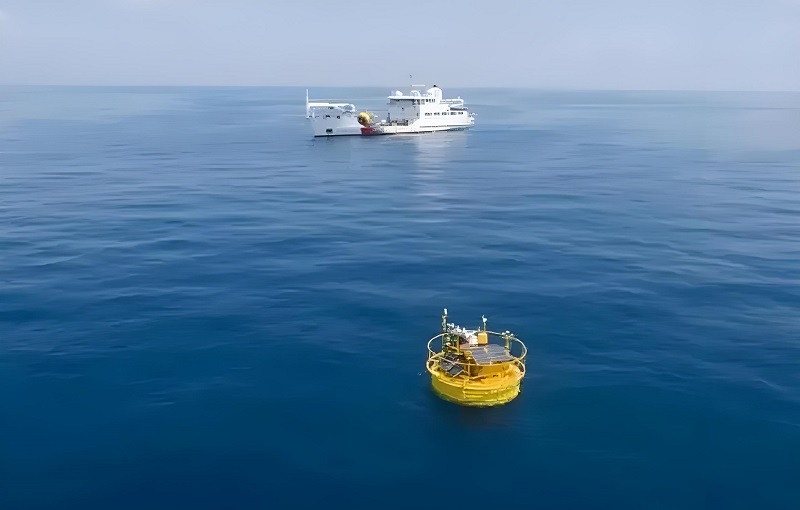Introduction
The installation of LiDAR systems on smart ships is a complex process that requires careful planning and execution. Proper installation is critical to ensure that the LiDAR system functions correctly and provides accurate data. This article will explore the best practices for installing LiDAR systems on smart ships, covering topics such as positioning, mounting hardware, vibration damping, field of view considerations, and ongoing maintenance.

Ideal Positioning of LiDAR Units
Positioning the LiDAR units on a smart ship is one of the most crucial aspects of installation. The LiDAR sensors must be placed in locations that provide an unobstructed view of the surroundings. Typically, this means placing them on the highest points of the ship, such as the mast or superstructure, where they can achieve maximum coverage.
When determining the positioning, it is also essential to consider the specific operational requirements of the ship. For example, ships that navigate in congested waters may require more comprehensive coverage at lower altitudes to detect nearby vessels, while those operating in open oceans may prioritize long-range detection. Additionally, the positioning should minimize the risk of physical damage to the sensors from waves, debris, or bird strikes.
Considerations for Mounting Hardware
The mounting hardware used to install LiDAR units on a smart ship must be robust and corrosion-resistant. Marine environments are particularly harsh, with constant exposure to saltwater, UV radiation, and extreme temperatures. Therefore, materials such as stainless steel or specialized marine-grade alloys are recommended for mounting hardware.
The mounting brackets should be designed to securely hold the LiDAR units in place, even under the stress of rough seas or high-speed operations. Additionally, the mounting system should allow for easy access to the LiDAR units for maintenance purposes, without requiring extensive disassembly.
Vibration Damping
Ships are subject to constant vibrations from engines, waves, and other mechanical systems. These vibrations can significantly affect the performance of LiDAR systems, leading to inaccurate measurements or even damage to the sensors. Therefore, incorporating vibration damping mechanisms into the installation is essential.
Vibration damping can be achieved through the use of specialized mounting brackets that absorb and isolate vibrations. Additionally, the LiDAR units can be equipped with internal damping systems, such as gimbals or shock absorbers, to further protect the sensors. Regular inspection of these damping systems is necessary to ensure they remain effective over time.
Ensuring an Unobstructed Field of View
For LiDAR systems to function correctly, they must have an unobstructed field of view. This means that the placement of other equipment, such as antennas, cranes, or cargo, must be carefully planned to avoid blocking the LiDAR sensors. Additionally, the ship’s design should consider the placement of LiDAR units during the construction phase to ensure that no critical structures obstruct the sensors’ line of sight.
In some cases, it may be necessary to reposition or adjust the height of the LiDAR units to achieve an optimal field of view. This process should be done with the guidance of marine engineers and LiDAR specialists to ensure that the system’s performance is not compromised.
Ongoing Maintenance and Testing
Once the LiDAR system is installed, ongoing maintenance is critical to ensure its continued performance. This includes regular inspections of the mounting hardware, vibration damping systems, and the sensors themselves. Any signs of wear, corrosion, or damage should be addressed immediately to prevent system failure.
Regular testing of the LiDAR system is also necessary to verify that it is functioning correctly. This can include routine calibration, as discussed in the previous article, as well as functional tests to ensure that the sensors are accurately detecting objects and providing reliable data. Testing should be conducted under various conditions, including different weather scenarios, to ensure that the system is prepared for all operational environments.
Conclusion
The successful installation of LiDAR systems on smart ships requires careful attention to several best practices, including proper positioning, robust mounting hardware, vibration damping, ensuring an unobstructed field of view, and ongoing maintenance. By following these guidelines, ship operators can ensure that their LiDAR systems provide accurate and reliable data, enhancing the safety and efficiency of maritime operations.


